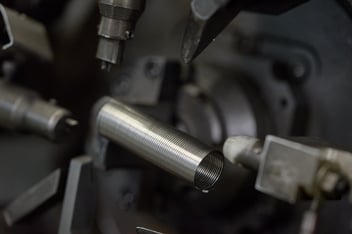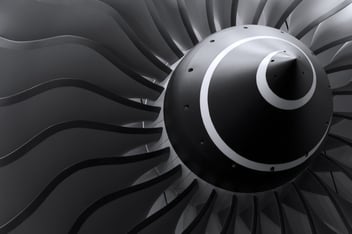In any high-performance design, whether it’s aerospace, automotive or precision industrial applications, joint integrity is paramount. When subjected to axial loads, torque and vibration, the ability of a threaded insert to resist pull-out or stripping is critical to ensuring safety and reliability.
Wire thread inserts come in a variety of types, each engineered for different operating conditions. In this article, we compare the hold strength and pull-out resistance of various wire thread insert types, exploring which performs best for different design requirements.
What is pull-out resistance and why does it matter?
Pull-out resistance refers to an insert’s ability to remain securely embedded in the parent material when an axial force is applied through the fastener. In lightweight or soft metals like aluminium and magnesium, traditional threads are susceptible to stripping under high loads or repeated use.
Wire thread inserts address this by distributing load across a greater surface area and reducing notch stress concentrations. However, not all inserts perform equally when it comes to resisting pull-out forces.
Free-running or tanged inserts - balanced performance for general use
Free-running inserts or tanged inserts are the most common and straightforward form of wire thread inserts. They are essentially helically coiled springs that create internal threads matching the bolt size. These inserts distribute axial loads more evenly than direct threading into parent material, especially when used with softer metals.
In terms of pull-out resistance, free-running inserts perform well under static loads and light duty applications. They rely on full thread engagement and are highly dependent on the strength of the parent material and the insert length. Whilst they dramatically reduce the risk of thread stripping compared to bare metal, they offer no inherent mechanism to resist loosening under vibration or fluctuating loads.
Key benefits:
- Excellent surface contact area across the entire insert length
- Suitable for most materials (aluminium, magnesium, composites)
- Ideal for low to moderate load applications
Pull out performance:
- Good pull-out resistance due to full-length thread engagement
- Dependent on insert length and parent material shear strength
- Best suited for static load conditions
Screw locking inserts - enhanced resistance through prevailing torque
Screw locking inserts are almost identical in structure to free-running designs but feature one or more locking coils, which are sections of the insert that have been deliberately deformed to apply pressure against the bolt threads.
This added interference creates what’s known as prevailing torque, which significantly increases the resistance to both vibration and pull-out. As the bolt is tightened, the locking coil flexes outward slightly, producing a firm grip that resists axial motion. The result is a mechanically secure joint even in dynamic environments like aerospace, motorsport, or heavy industrial machinery.
Key benefits:
- Prevents fastener loosening in high-vibration environments
- Higher resistance to axial movement and back-out
- Maintains clamping load even under dynamic conditions
Pull-out performance:
- Superior pull-out resistance compared to free-running inserts
- The locking coils increase frictional resistance, helping retain the insert
- Particularly beneficial when combined with longer lengths (2.5D, 3D)
Tangless inserts - high strength and clean installation
Tangless inserts offer a unique advantage, especially in environments where foreign object debris (FOD) is a risk. These inserts eliminate the break-off tang found in traditional inserts, making them ideal for aerospace and clean manufacturing environments.
In terms of mechanical performance, tangless inserts deliver the same hold strength and pull-out resistance as their tanged counterparts. When used in their screw-locking form, tangless inserts combine high strength with ease of maintenance and clean installation. The bi-directional design also allows for quicker insertion and removal, especially during field repairs.
Key benefits:
- Same load distribution and resistance as tanged variants
- Bi-directional design simplifies installation
- Eliminates risk of leftover tang damaging components
Pull-out performance:
- Equivalent to tanged inserts of the same material and length
- When available in locking variants, pull-out performance is maximised
- Ideal for aerospace and cleanroom applications
Extended length inserts - the performance of depth
No matter which type of insert is used, one of the most important variables affecting pull-out resistance is the insert length. Longer inserts engage more threads, distributing axial load over a larger area within the parent material. In practical terms, a 3D insert can double or even triple the pull-out resistance compared to a 1D insert in the same hole, especially in softer materials like aluminium. This makes extended-length inserts the preferred choice in high-load or high-vibration environments.
Key benefits:
- Longer inserts engage more threads within the parent material
- This spreads axial load over a greater area, increasing joint strength
- KATO offers inserts in standard lengths: 1D, 1.5D, 2D, 2.5D, and 3D to suit a range of requirements
Pull-out performance:
- Performance increases proportionally with length
- A 3D locking insert in a soft parent material can outperform a 1.5D insert by more than double in axial load tests
Choose the right insert for your design
Choosing the right wire thread insert is critical to achieving maximum hold strength and pull-out resistance in your design. While standard free-running inserts provide reliable performance for general use, screw locking inserts deliver superior resistance under dynamic loads and vibration. When combined with extended lengths and the right material or surface treatment, they offer unmatched joint security, especially in lightweight or high-stress applications.
At KATO® Advanex, we specialise in engineering precision wire thread inserts that meet the toughest performance demands across aerospace, automotive, defence and industrial sectors. Our Tangless® and tanged insert ranges are available in multiple configurations, materials and finishes, each fully compliant with leading industry standards. With decades of innovation and AS9100-certified quality, we provide fastening solutions trusted in mission-critical assemblies worldwide.
To learn more about how KATO wire thread inserts can optimise your mechanical joints for strength, longevity and safety, download our free guide below.


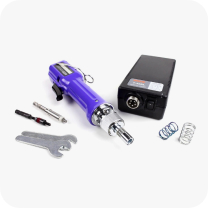
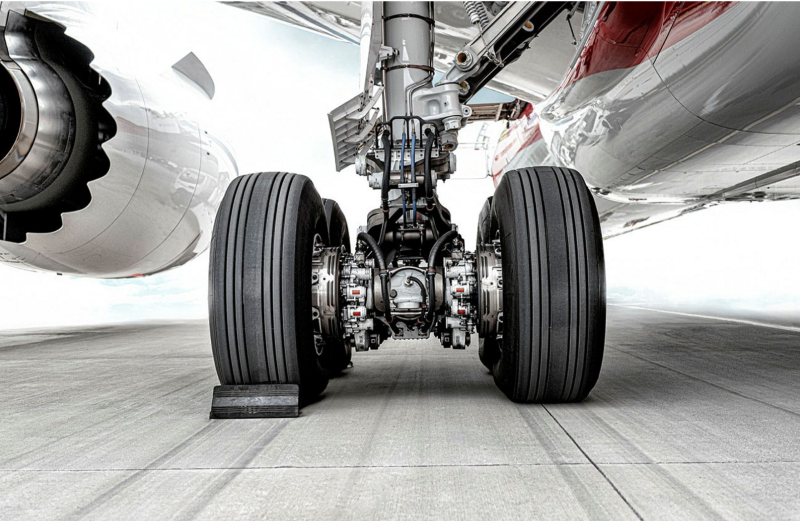

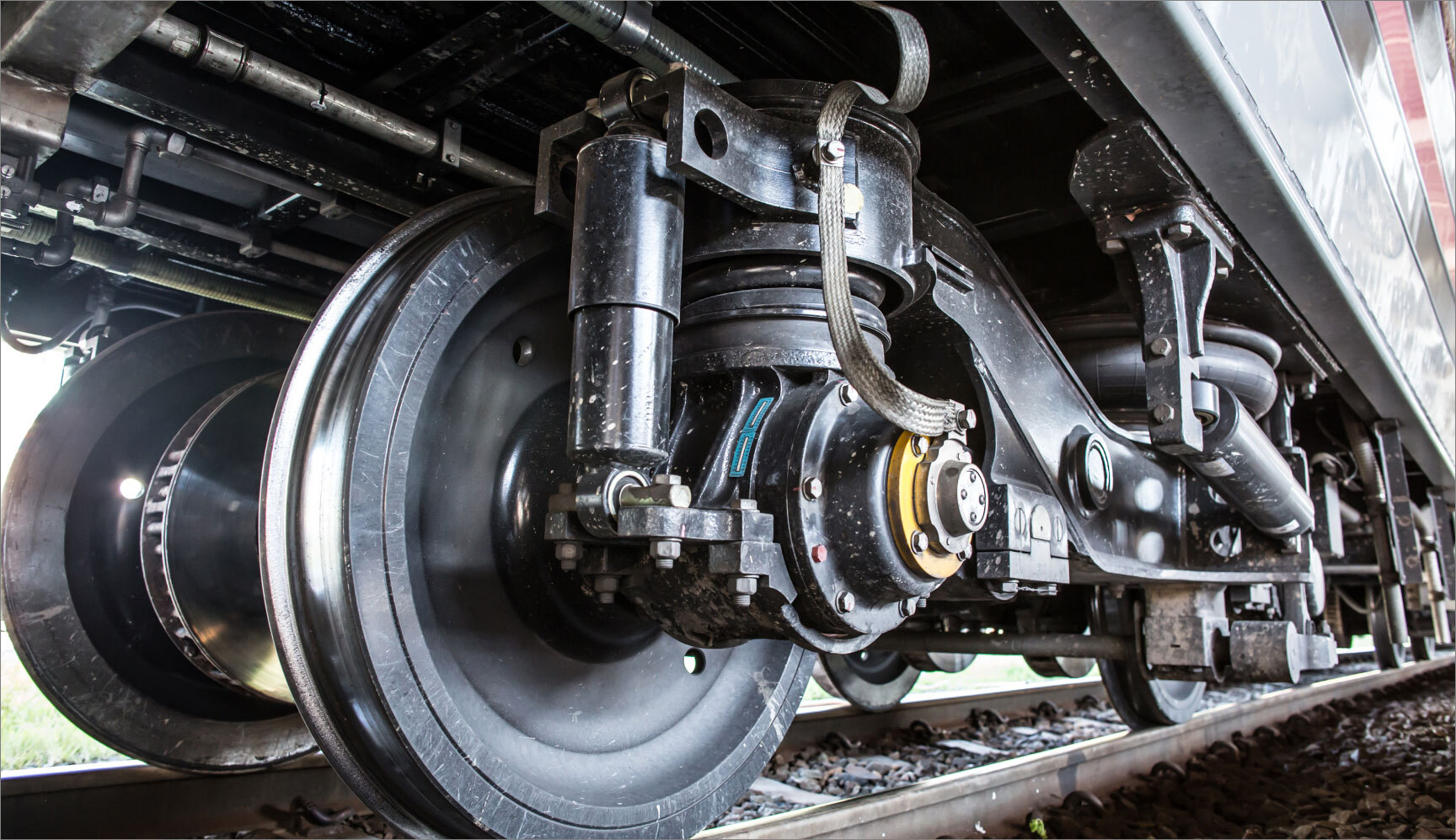

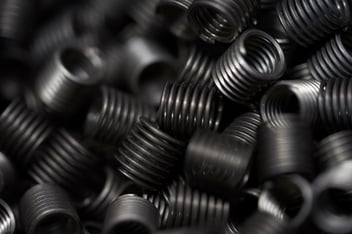
.jpg?width=352&name=Shutterstock_2288877403%20(1).jpg)
.jpg?width=352&name=Weighing%20medical%20components%202%20(1).jpg)

